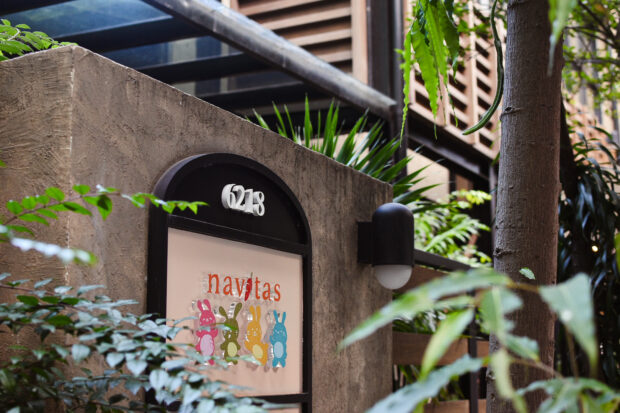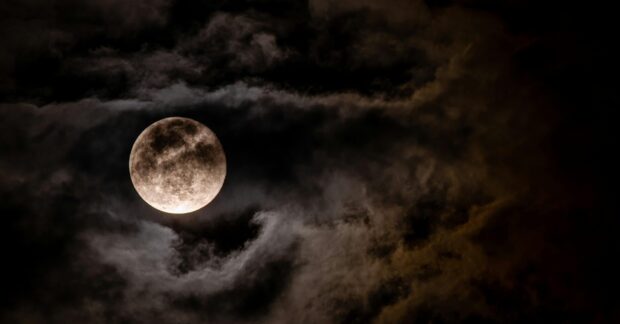(Editor’s note: Article is based on a talk delivered during the forum, “Bataan Legacy in Manila, 73rd Anniversary of Bataan Day,” at De La Salle University, April 8.)
April 9 for me will always be Bataan Day. I recall that hot afternoon when the family gathered around the radio, the men grim-faced, the women tearful.
We knew what was coming. The previous night there had been a tremendous explosion on Bataan across Manila Bay as an ammunition dump was blown up. Still Norman Reyes’ announcement pierced us to our hearts:
“Bataan has fallen. The Filipino and American troops on this war-ravaged and bloodstained peninsula laid down their arms. With heads bloody but unbowed they have yielded to the superior forces of the enemy.”
Bataan had been a lingering, if progressively forlorn, hope and a beacon of freedom for us in enemy-occupied territory, and now it was gone. Ahead lay unfathomable darkness.
What had Bataan accomplished?
In the context of the Second World War, the Philippines was supposed to have been conquered in 50 days. Instead, Col.
Uldarico Baclagon’s book title sums it up: “Last 130 Days of the USAFFE.” It was a moral victory. While Bataan and Corregidor withstood the invasion, use of Manila Bay and its magnificent harbor was denied to the Japanese, depriving them of a vital staging area for their further southward expansion.
All around Bataan the other allied bastions had fallen. Wake, Guam, Hong Kong, Singapore, Java Rangoon, even distant Rabaul. Bataan outlasted them all. The only ray of hope for Allied arms in the Pacific.
Japan’s tide of conquest crested on May 6 with the fall of Corregidor. The following day came the repulse of the invasion fleet bound for New Guinea in the Battle of the Coral Sea, and four weeks later came the decisive defeat at Midway that put Japan on the defensive.
How had Bataan played its role?
It had stopped the veteran Japanese army cold in the tracks for three months with an army that was 85 per cent Filipino composed of farm boys, laborers, students, mountain tribesmen and reserve officers, half-trained and ill-equipped, bereft of air support.
Not only did they hold off the Japanese army for months, but they won several local victories. The first phase of the siege of Bataan ended when the USAFFE withdrew from its initial defense line in northern Bataan to the Pilar-Bagac road in the center around Jan. 26.
Wiped out
The Japanese tried to hasten Bataan’s fall by landing forces behind the USAFFE lines along several capes and promontories on Bataan’s west coast. This tactic had worked in Malaya but it failed here.
The names of Aglaloma, Longoskawayan, Quiñawan and others figure in the military annals. All Japanese landing parties were wiped out, with the PT boats, minesweeper, and even some planes assisting the ground troops.
Likewise the Japanese tried to probe the front lines for week points starting Jan. 27. Confused actions followed with the Japanese forming several pockets, which were cleared out by mid-February. Of the 1,000 Japanese who went in, only 377 escaped.
In the meantime Homma had on Feb. 8 suspended offensive operations while he sent for reinforcements in men and materiel. The result was the Good Friday offensive of April 3rd, which culminated in the surrender of April 9th.
This led to what has been termed the most horrifying event of the war in the Pacific—the Bataan Death March.
In round numbers, the figures given by historian Stanley Falk are that the USAFFE numbered 78,000 on April 3, composed of 66,000 Filipinos and 12,000 Americans. It was not known how many died in battle, but about 10,000 Americans reached prison camp and about 54,000 Filipinos.
Of the Filipinos, only 28,000 would emerge alive from captivity signifying that more died on the Death March than in battle, and more died in prison camp than on the Death March. Of the march, one name to remember is the Pantingan Massacre where 350 Filipino officers were executed. That is a name that should figure in all our histories.
“Bataan was the country’s finest hour, barring none,” in the words of Bulletin columnist Willie Ng (April 10, 1999). The late Supreme Court Associate Justice Isagani A. Cruz wrote that it was “that indomitable spirit that was celebrated yesterday as a salute to their valor” (Inquirer, April 10, 1999). This echoed what Gen. Douglas McArthur said on Oct. 20, 1944, when he landed on Leyte: “Let the indomitable spirit of Bataan and Corregidor lead on.”
And that is why I personally prefer to maintain the designation of Bataan Day for April 9 rather than diluting it in a generic term like Araw ng Kagitingan or Day of Valor. We have no lack of valor in our history, and valor can be celebrated on, say, national heroes day or any other day.
But Bataan was unique. In scale, in world significance, it has no equal. But the late Fr. Miguel A. Bernad, S.J. had written about betrayal by later politicians. “Not least of the betrayals was the abolition of Bataan Day and its replacement with something else that would not offend the Japanese.” We sold our souls in a Faustian bargain.
We should honor the spirit of Bataan fittingly. April 9 belongs to Bataan, which deserves its own holiday. Let it tower in solitary grandeur over the battle-scarred landscape of our history.












































